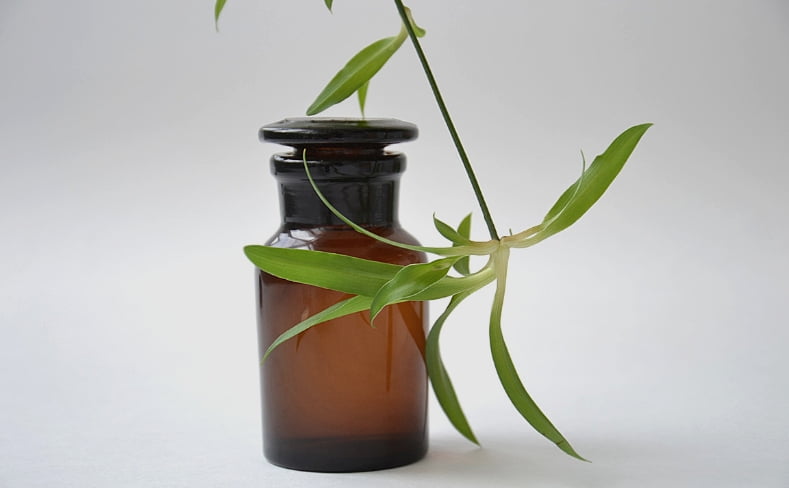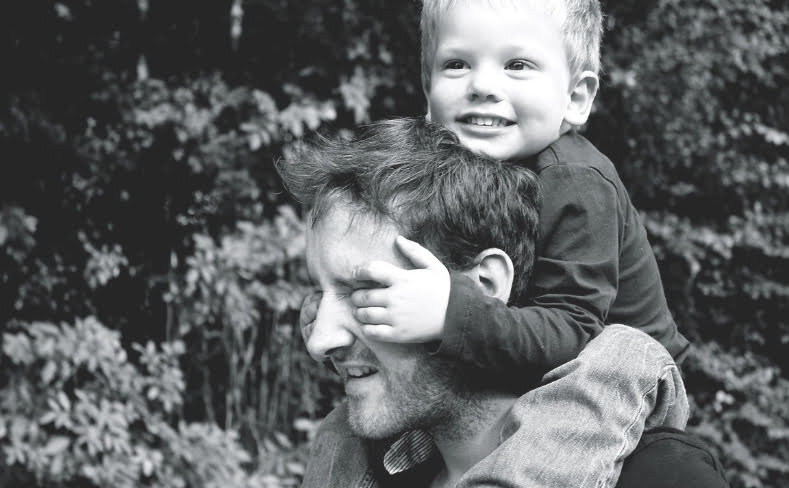Your Guide to Opiate Withdrawal Remedies
America is in the middle of a prescription opioid addiction crisis.
According to the CDC, prescription opioids account for 40% of all opioid overdose deaths with 42,000 more people than any year recorded overdosing from prescription opioids, heroin, and fentanyl in 2016.
And the death toll is only increasing, making opioids a major epidemic.
Opioid medications include prescription opioids, heroin, and fentanyl. Prescription opioid painkillers: oxycodone, hydrocodone, and hydromorphone.
Painful and uncomfortable withdrawal symptoms occur when people attempt to stop opiate use. These include sweating, muscle aches, vomiting, anxiety, insomnia, restless leg syndrome and other symptoms.
The withdrawal process is tough, however, remedies do exist that make detoxing easier.
Read on to learn how to ease the angst and relieve symptoms of the withdrawal process with these opiate withdrawal remedies.
Guide to Opiate Withdrawal Remedies
If you’re attempting opiate withdrawal remedies at home, it’s important to discuss this with your doctor, especially if you have other health conditions like diabetes or heart disease.
In this case, you may need to seek medical detox at an opioid treatment program.
1. Hydrate
The sweating and diarrhea associated with opioid detox will make you dehydrated.That’s why it’s essential to drink plenty of fluids. A large intake of water and juices can prevent further discomfort caused by dehydration.
You also need electrolytes that hydrate the body well, so drink beverages that contain electrolytes. You’ll find them in enhanced hydration drinks such as sports drinks and water that contains electrolytes like the Smart Water brand.
Keep them stockpiled up because they will replace some of the electrolytes you lose during dehydration.
2. Practice Good Nutrition
Opiate withdrawal and addiction related to opiates may cause deficiencies in nutrition. Many of the nutrients are depleted.
Some of the deficiencies produced by opiate intake include calcium, magnesium and potassium, three nutrients essential to your overall health. These deficiencies can cause muscle spasms and muscle pain.
Low potassium might result in restless leg syndrome. You can see why it’s necessary to replace these nutrients. Eat foods with potassium such as bananas to raise your levels.
Changing your diet, if you eat junk food or foods high in sugar, is important. Prepare healthy meals. Some are quick and can be made in less than 30 minutes.
Try eating lightly rather than consuming heavy amounts of food for the best effect.
Speak to your doctor or nutritionist about other vitamins or supplements you may need. They can help aid your recovery while you take opiate withdrawal remedies.
3. Take Hot Baths
People who suffer from opiate addiction say that a hot bath is one of the most important of opiate withdrawal remedies.
Soaking in hot water helps alleviate symptoms by reducing aching muscles, relieving back pain, headaches, and stress.
It also helps the body and the mind relax. Put on some soft music during your bath for added relaxation.
Add some Epsom salts to relieve tense muscles or put a few drops of aromatherapy essential oils such as lavender or eucalyptus oil to soothe your mind and body.
Of course, you want to skip a hot bath if you’re running a fever. You can use a hot compress or a heating pad on your muscles until your fever goes down.
4. Over-the-Counter Medicines Can Help Relieve Symptoms
You can buy helpful items at your pharmacy that act as good opiate withdrawal remedies. But be sure to discuss any medication change, prescription or non-prescription with your doctor first.
With that in mind, Imodium can help diarrhea, a symptom of opiate detox. If you’re nauseous, try Antivert, Dramamine or Bonine to subdue nausea. Some people find antihistamines like Benadryl helpful during opiate detox.
During this time, it can feel like your entire body is sore. A non-steroidal anti-inflammatory (NSAID)–ibuprofen, Advil or Aleve–can ease the soreness.
A caveat: Make sure never to exceed the recommended dosage on the bottle or take the medicine longer than advised.
The symptoms of opiate withdrawal can last from three days to two weeks. Consider stocking up on supplies and save a trip to the store.
If, for some reason, the recommended dose isn’t relieving your symptoms, contact your doctor before you increase the dosage.
5. Engage in Enjoyable Activities
Staying positive and occupied doing activities you enjoy goes a long way during the opiate withdrawal detox process. After all, the discomfort can feel intense at times.
The distraction of a good book or an engaging movie can help keep your mind off yourself and provide a well-deserved escape. A comedy is a great idea because laughter is the best medicine as the old adage goes. It heals when it releases endorphins.
Why not invite a couple of friends over for some laughs and bring some popcorn?
6. Get Emotional Support
One of the best opiate withdrawal remedies is emotional support. It’s important to fill your life with positive people during your detox. Stay away from people who are negative or toxic.
You can find emotional support from upbeat friends and 12-step groups such as Narcotics Anonymous.
Make an appointment with a psychologist or a substance abuse counselor who is trained to know what you’re going through. Stay away from any friends who use drugs.
7. The Role Your Doctor Plays
Keep in close contact with your doctor. They can help you manage your symptoms and prescribe non-narcotic medications if you need them.
They may also order blood work to assess any effects on your body experienced as a result of the opiates you took.
A physician may also recommend a rehab facility to support you in the opiate withdrawal process. You might find it helpful to be admitted to a detox center where you’ll be with other patients in detox.
Final Words on Opiate Withdrawal Remedies
You now have some effective remedies that may help relieve symptoms that accompany opiate withdrawal.
Be sure never to detox without medical supervision since people suffering from opiate recovery often need medical intervention. Especially when they’re taking medications for heart disease and diabetes.
An inpatient treatment program that provides caring, professional treatment could provide you with the best care available during your withdrawal detox.
Our clinic provides education, support, and detox assistance in a compassionate setting for individuals who suffer from opioid addiction or who need methadone treatment. We understand and the Clinical Opiate Withdrawal Scale.
Contact us today to learn more about we can help you or your loved one get started on the road to recovery. We’re here to help.
You can also give us a call at (855) 976- 2092!
Sources
[1] Data Overview | Drug Overdose | CDC Injury Center. (2018, December 19). Retrieved from https://www.cdc.gov/drugoverdose/data/index.html [2] Oxycodone: Side Effects, Dosage, Uses, and More. (n.d.). Retrieved from https://www.healthline.com/health/oxycodone-oral-tablet#important-warnings [3] The Clinical Opiate Withdrawal Scale (COWS). (2011, September 7). Retrieved from https://www.tandfonline.com/doi/abs/10.1080/02791072.2003.10400007








